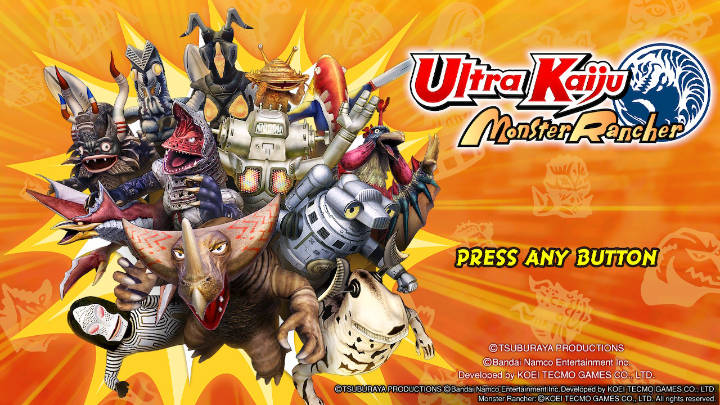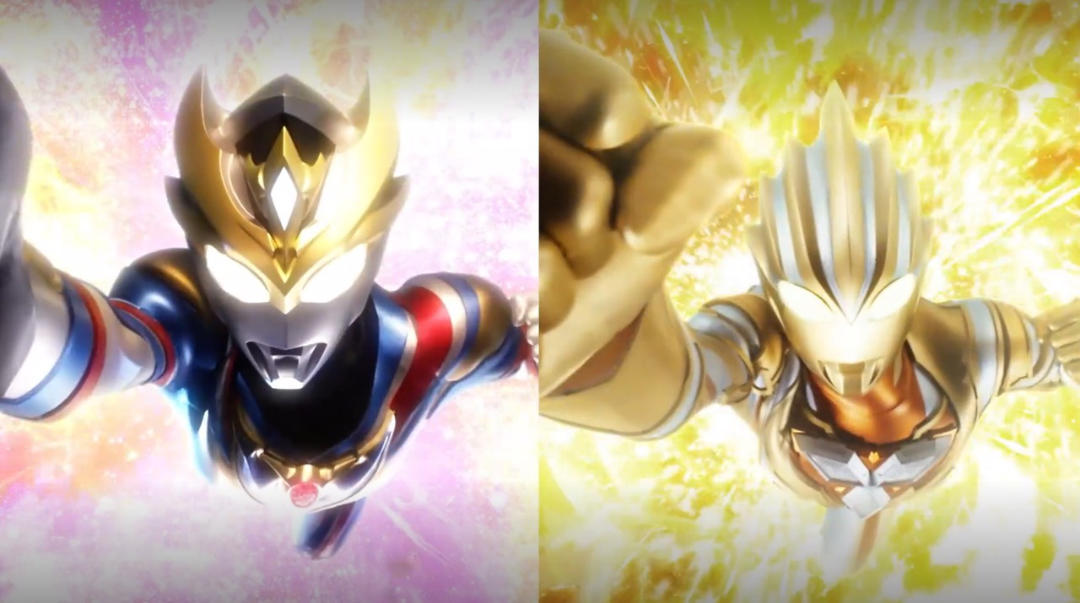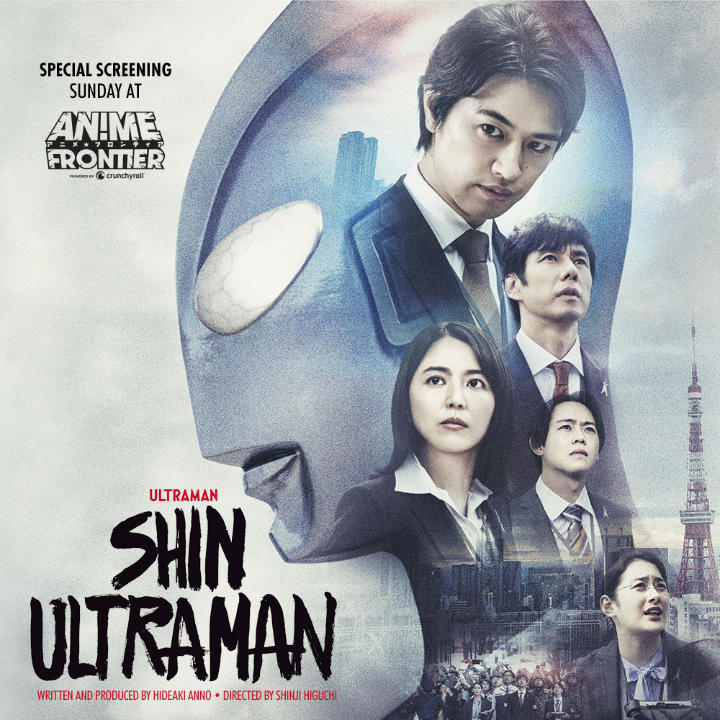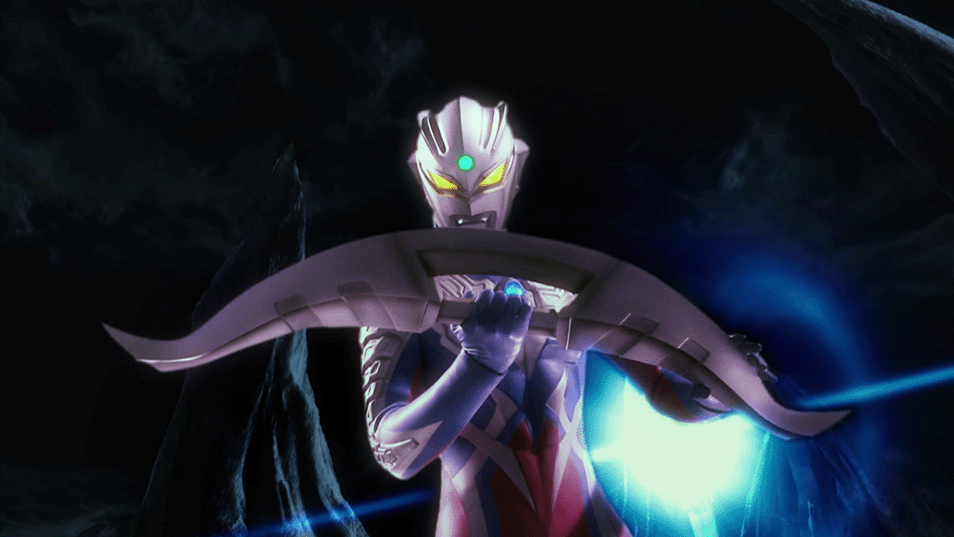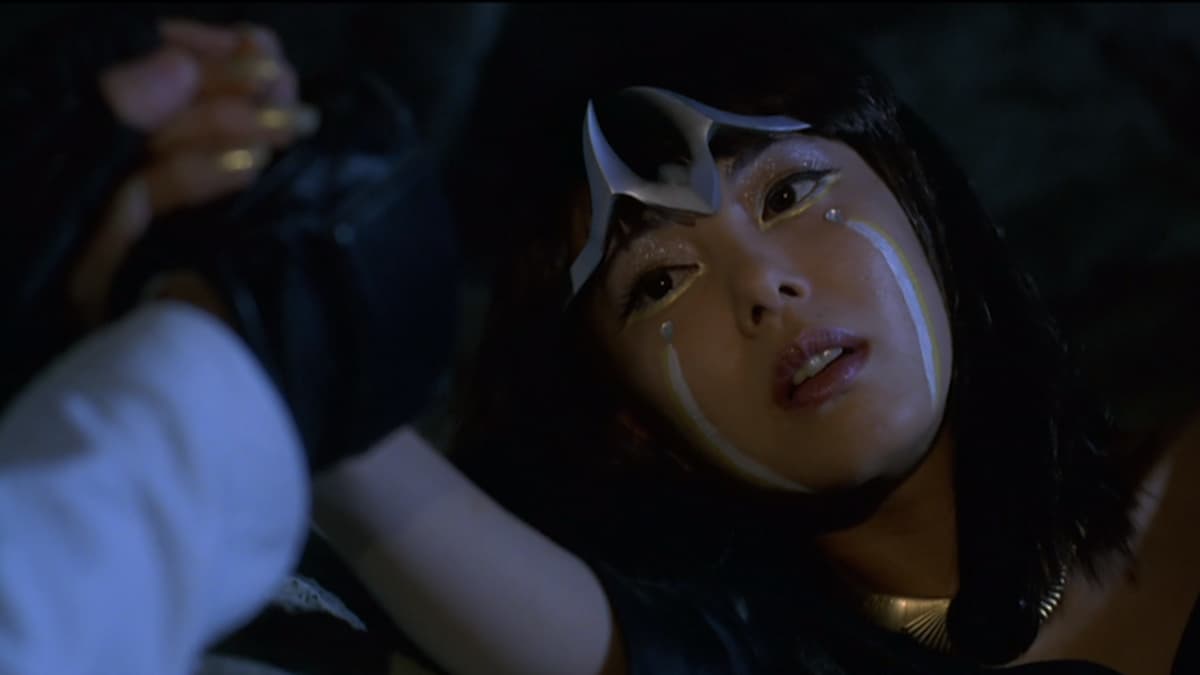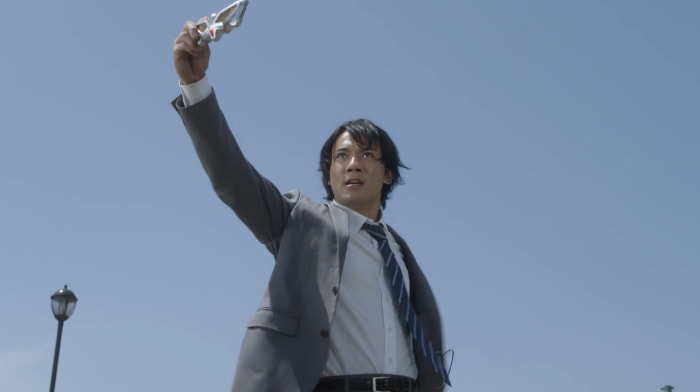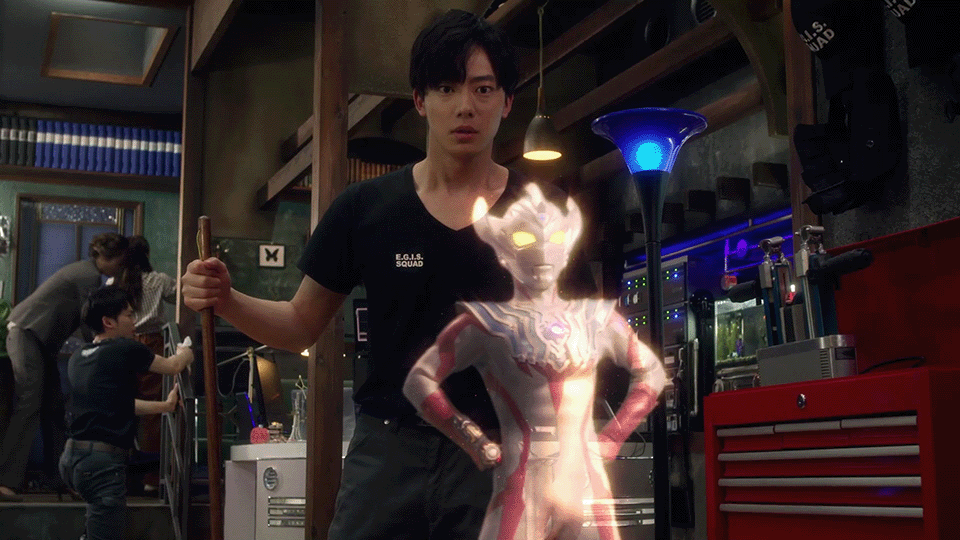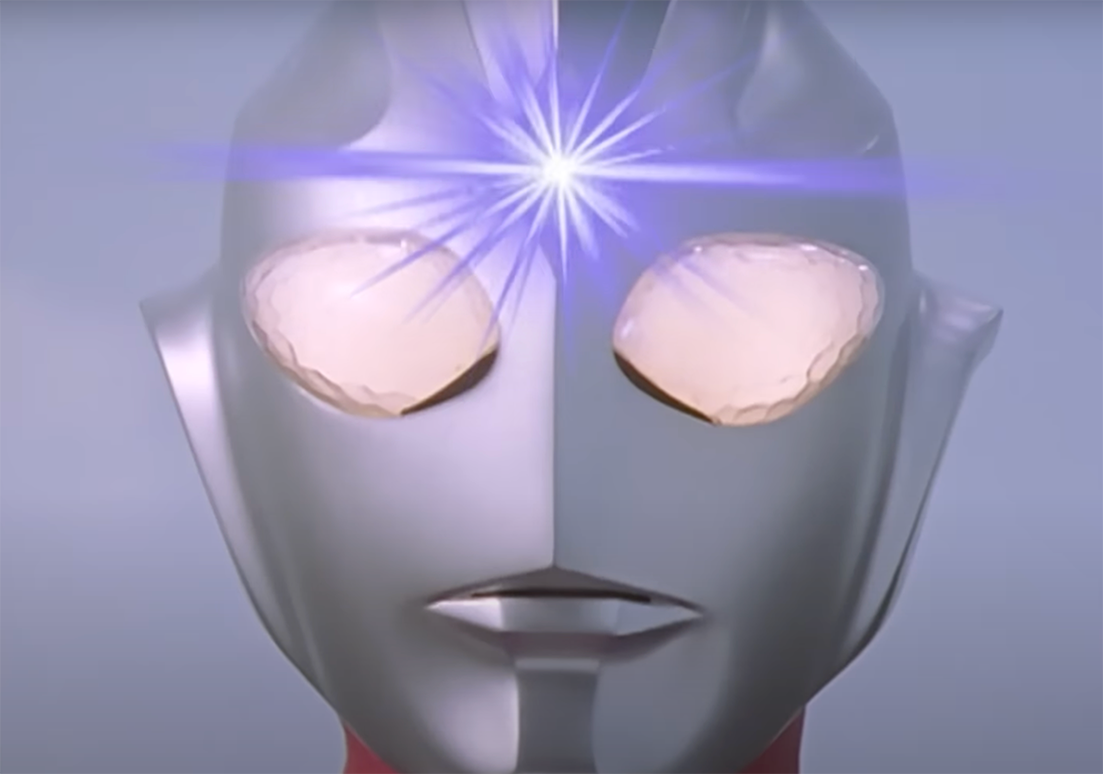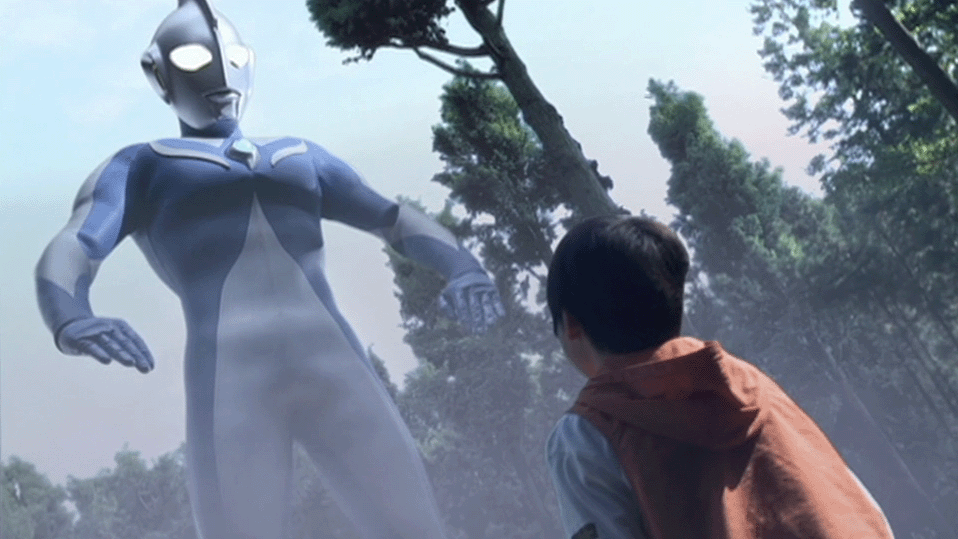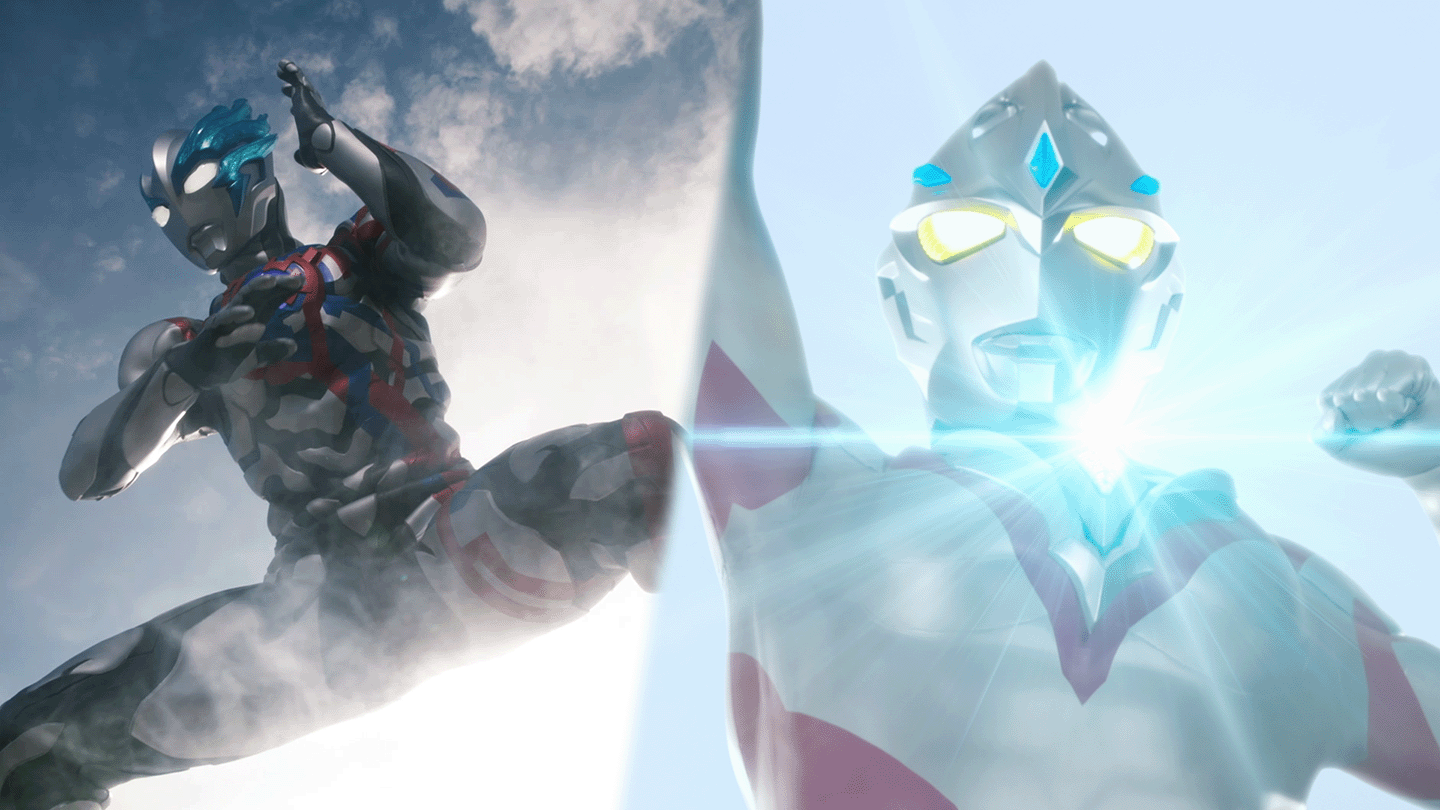Clarification: The copy of Ultra Kaiju Monster Rancher for Switch used for this review was not provided by the publisher.
The first time I got to play a Monster Rancher game was Monster Rancher 2, a game released in 1999 for the PlayStation. 400 hours later, I finally moved on to the PlayStation 2, and Monster Rancher 3 in 2001. I’ve played 4, EVO, went back to play the original, moved on to portable versions like Advance and DS; I just finished a replay of Monster Rancher Card Battle GB for the Game Boy Color on my original cartridge a few months ago.
All this to say that I am a Monster Rancher fan. I am also, if you couldn’t tell, an Ultraman Series fan. And while I am passionate, I am nevertheless a critical fan, one willing to point out problems that may show up. With that in mind, I approached Ultra Kaiju Monster Rancher with a bit of trepidation. After all, it had been over a decade since a new mainline Monster Rancher game, and this was a spinoff! What was going to be lost, what was going to be changed for the worse?
Then I started up the game, and I was joyfully seven years old again.
Ultra Kaiju Monster Rancher perfectly recreates the quintessential Monster Rancher experience, mixed seamlessly with enough fun Ultraman Series references to satisfy any fan.
If you’ve never played a Monster Rancher game before, the basic gameplay loop is fairly simple. Create your monster using outside media (In the original entries, players used actual CDs, but in Ultra Kaiju, things like NFC chips and passwords replace them) to generate a unique monster and spend your days training it in order to make it strong enough to win tournaments and earn you accolades.
Of course, what makes the series so popular has always been the deceptive complexity of the system, and Ultra Kaiju has that in spades. Bringing back the original system almost 1-to-1, most of the game’s differences come from its Ultraman Series elements.
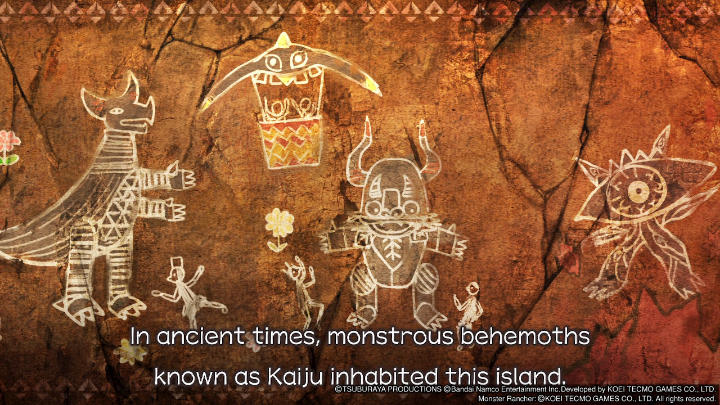
In this entry, you are becoming not just a monster breeder, but a Kaiju breeder, located on the island of Latour, in a far-off corner of the Monster Rancher world (an unexpected canonicity?). Kaiju have lived on Latour since ancient times, existing in a surprising peace with humanity there. Unfortunately, however, the Kaiju went out of control, and Latour faced its end in the chaos… until the legendary Giant of Light appeared to bring peace. Sound familiar?
In the modern era, Kaiju are once again peacefully coexisting with humans, and you have the goal of making the most powerful monster of all! Of course, you’re not exactly starting with the best at your disposal, considering the Breeders Association has lost your license before you’ve even started! Thankfully, help arrives in the form of beloved Monster Rancher series mainstay character, Holly, who volunteers to act as your instructor and sets you up. From there, you get to start your own ranch with a Kaiju unearthed from the series mainstay Disc Stones.
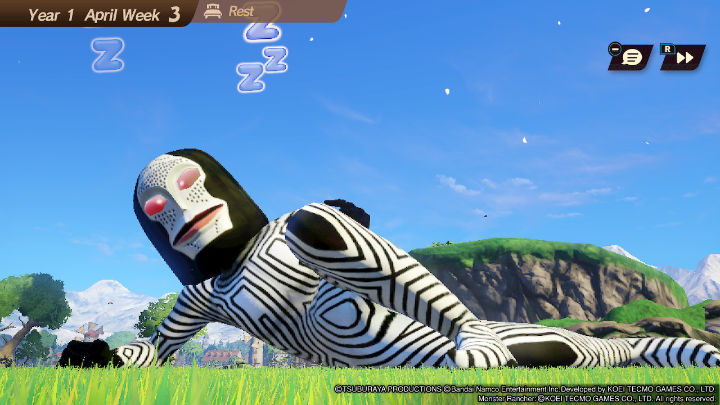
For my first kaiju, I got… Dada?! What is it with Dada showing up on Ultraman Connection…? And hey, does he even count as a Kaiju? Looks more like he’s here on vacation…
Anyway, with my first kaiju in tow, I headed to my ranch finally, and… promptly had to fight a wild Kaiju. This acts as the tutorial for the battle system, which involves positioning yourself within four different ranges to deliver a variety of battle techniques. An RPG this is not; the Monster Rancher system is real-time, and victory is dependent more on how you’ve strengthened your monster’s condition, rather than things like elemental attributes.
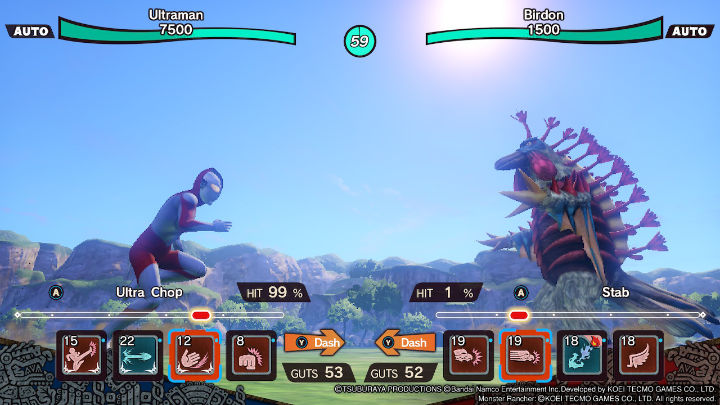
Of course, when a Kaiju turns out to be too much for humans to handle, who should show up but the Giant of Light himself to save everyone! After a quick battle using Ultraman (who wipes the floor with his opponent), the hero flies off, and you’re able to finally make it to your ranch, meeting a familiar-looking ranch hand in Kanezo the Kanegon, who helps you train your monster buddy.
From here, the gameplay loop begins in earnest. Kaiju have six attributes that define their capabilities: Life, Power, Intellect, Skill, Speed, and Defense. A top-class Kaiju excels in all six, but different species have different natural advantages and disadvantages, and grow at different rates, as well as different temperaments, likes, and dislikes.
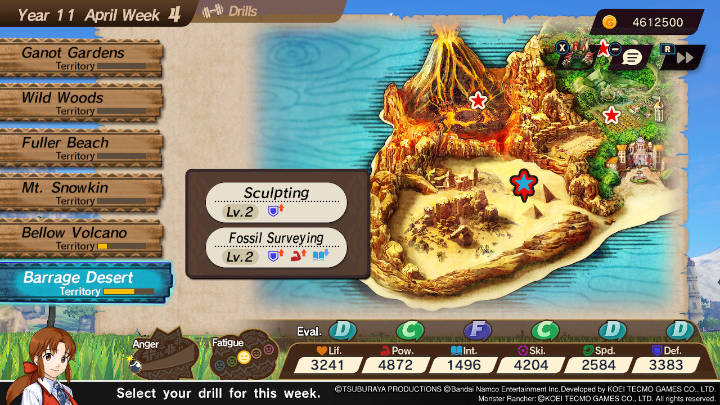
A good breeder knows how to manage all these qualities to raise their monsters right, through drills that alter your monster’s stats up and down, as well as errantries, where you entrust your monster to other breeders you meet through the game’s storyline for an in-game month in order to help them not only improve their attributes, but even sometimes learn new techniques!
As your Kaiju gets stronger, you become able to enter them in tournaments, battling other monsters for accolades, and more importantly, cold hard cash that lets you keep your ranch in business, as well as meeting other breeders who can become your friendly rivals.
Unfortunately, while a Kaiju lasts longer than three minutes, they aren’t immortal, and eventually they will begin to age and weaken. Don’t lose heart, though: One of the most famous Monster Rancher staples has returned in the form of Monster Fusion! Mix multiple Kaiju together to make a new monster buddy, usually with improved stats and qualities from both components, all in the service of becoming stronger than its predecessors.
Fans looking for another Pokémon are not necessarily the target for Ultra Kaiju Monster Rancher. The game is a crafted and deliberate experience built on previous generations of Monster Rancher entries and Ultraman Series history, and elements like storyline are less important to further honing that well-loved formula.
There is no grand quest or world-ending threat to deal with; instead, Ultra Kaiju Monster Rancher offers comfy, laid-back raising simulation fun, perfect for sinking your free time into. It’s just a bit… bigger than usual.
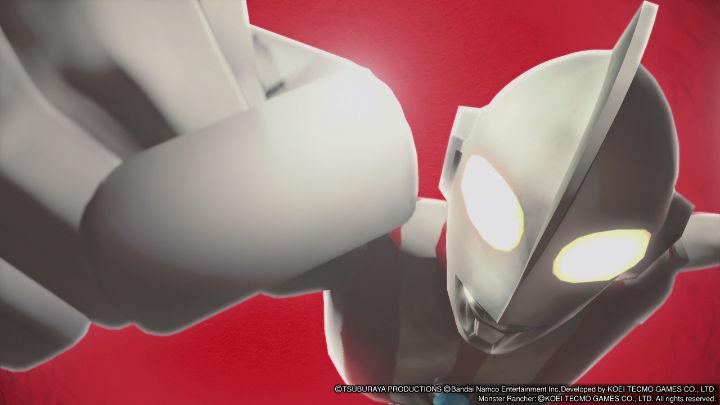
Ultra Kaiju Monster Rancher, developed by Koei Tecmo and published by Bandai-Namco Entertainment, is available on Nintendo Switch as a digital exclusive in Western markets.
EJ Couloucoundis is the Editor-in-Chief of Ultraman Connection
